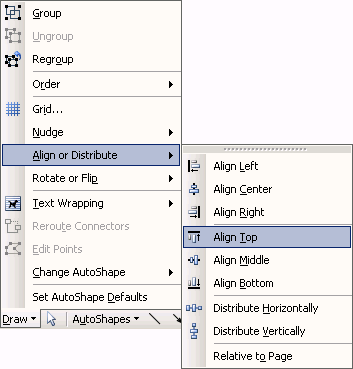

Click on OK to close the Format AutoShape dialog box.Īt this point you should still see the object anchor, but a little padlock appears next to it to indicate that it is locked. Click OK to dismiss the Advanced Layout dialog box. Word displays the Advanced Layout dialog box. The Layout tab of the Format AutoShape dialog box. Word displays the Format AutoShape dialog box. Right-click the object (the block arrow) and choose Format AutoShape from the resulting Context menu. The Display options of the Word Options dialog box. Click Display at the left side of the dialog box. Tell Microsoft Word not to split table rows across pages This lesson assumes you have already created a table that spans two or more pages (or will do by the time youve finished creating it). Word displays the Word Options dialog box. Note that this lesson covers Microsoft Word 2007, 20 for Windows, and Microsoft Word 2011 for Mac. Click the Office button and then click Word Options. If you are using Word 2007, the steps are slightly different: Click on OK to close the Layout dialog box. Make sure the Allow Overlap check box is selected. Make sure the Lock Anchor check box is selected. Make sure the Move Object With Text check box is selected. The Position tab of the Layout dialog box. Make sure the Position tab is selected. Right-click the object (the block arrow) and choose More Layout Options from the resulting Context menu. A good choice would be to place it to the left of the paragraph just before the table or just after the table, depending on which one will be on the same page as the table. My Zotero footnotes automatically insert 3-5 line breaks in a footnote. 
#Nudge line word 2011 for mac for mac
Click on the object anchor-not the actual block arrow-and move the anchor until it is located to the left of a paragraph that will remain constant in the document. Using Zotero 5.0 with Word 2011 for Mac here.The object anchor for the shape should appear-it looks like an anchor.

In Print Layout view, select the shape (the block arrow).Word displays the Word Options dialog box. Display the File tab of the ribbon, then click Options.Follow these steps if you are using Word 2010 or a later version: If this is the setting that was already made, then the next thing to check is where the object is anchored. Select the block arrow, display the Shape Format tab of the ribbon, click the down-arrow at the right of the Send Backward tool (in the Arrange group), then choose Send Behind Text. The first thing to check, of course, is that the wrapping style didn't somehow get inadvertently changed. When Deborah would try to nudge the arrow into position, the text would jump around, even after setting the Wrapping Style for the object to Behind Text. Deborah had some problems with a drawing object (a block arrow) placed behind the text of a table with rows of fixed width.







 0 kommentar(er)
0 kommentar(er)
